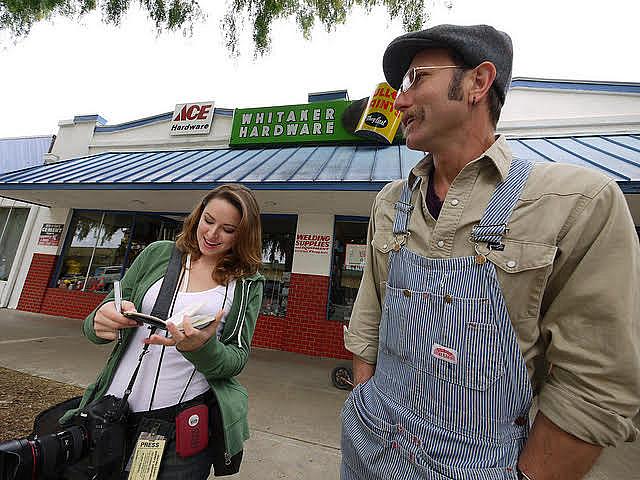Island of Doubt: Don’t let your great reporting be undermined by one source

Is a key aspect of your story based on just one source? Yikes!
When you think back on some of the biggest journalism scandals in recent history, many of them come down to one problem: overreliance on a single source.
If you think about building a story like building a house, you would never build a house by balancing it on one brick. Instead, you do a ton of work before you even put up the frame of the house. Testing the ground, digging a foundation, and so on. That foundation is what you are hoping to build when you go into a story — a foundation that is built from multiple sources and that will support the rest of your story.
Journalists have heard it a million times: use multiple sources. As part of my Island of Doubt series, I’m going to give you another reason: You don’t want to end up having all of your great work undone by one source. I will write in future posts about how you can manage sources who have varying degrees of problems. In this post, though, I’m going to start with the most basic idea of making sure that you never turn in a one-source story.
First, be aware of the relative weight you are placing on various sources that are part of your story. Don’t trick yourself into thinking that you have a lot of sources for a story just because you have a fat notebook full of interviews or a bunch of documents cluttering your desktop. Here’s how you can avoid that trap.
Be mindful of going beyond one source at the very beginning. Often a story starts with a tip, and the tipster can actually become your top source, your guide through the story, the person you rely on the most. When you get that tip or develop your idea, ask every person you contact, “How do you know that?” And ask a follow-up question: “Can you show me something that says that?” Note that I didn’t say, “Show me something that proves that.” You may want to use that phrase from time to time, but bringing up ideas like “proof,” especially early in a conversation, can be off-putting and can shut a source down. Instead of asking them to prove something to you, you should use your reporting to prove the story to your audience.
And that means using what you reported, not just what you reported last. At the end of a long project, or even a long day of reporting, you can find yourself gravitating toward what you recall most clearly. That’s often the set of things — conversations, documents, on-the-ground action — that you just experienced. The stuff that happened that morning or a month ago has faded into the recesses of your memory or maybe those notes you scribbled just don’t make sense anymore. If you are paying attention along the way, you can make notes about which sources gave you which key pieces of information , allowing you to keep a running sense of how much progress you are making towards a multi-sourced story versus how much you are relying on one person.
Don’t obscure your one-source story with faces and names. You can use a lot of quotes from different people without actually providing anything of substance from most of those people. That allows you to have a story with five named sources and photographs of the people you quoted, but, in the end, you still have a story that is heavily reliant on one person. Your audience may not find it obvious, but you are still doing them a disservice.
The main way you can make the story as solid as possible is by a little old-fashioned citation work. If you have worked on scientific papers, you know what I’m talking about. Any fact or claim should have a little number next to it, and at the bottom of the study all the numbers link to the specific provenance of the information. Seems tedious? Maybe. But even for a short story, by quickly jotting down where you got what information, you will be able to see if you are relying too heavily on one source.
This is the first, most basic set of things you can do. But even if you do all this, you could end up with sources who are headache-inducing. More on that in subsequent posts.
[Photo by Craig Howell via Flickr.]

